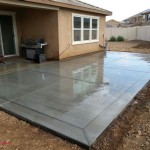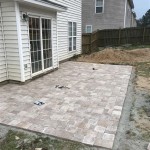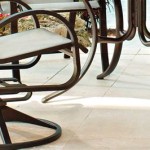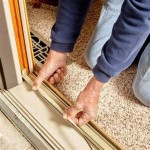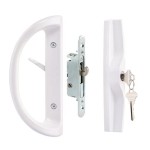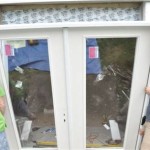Patio Pavers With Gravel In Between
Gravel and pavers are two popular choices for outdoor patio surfaces. They're both relatively inexpensive, easy to install, and require minimal maintenance. However, gravel patios are not as supportive or weed-resistant as paver patios. Paver patios are also not as permeable as gravel patios, which can lead to water problems. Combining gravel and pavers addresses the weaknesses of each material while capitalizing on their strengths.
Gravel's permeability gives water a place to go, preventing it from pooling and damaging the patio or the surrounding area. The gaps between the pavers give the water an easy escape route to the gravel base, and the gravel's natural drainage capabilities help the water dissipate into the ground. This keeps the patio dry and prevents mud and other problems associated with standing water, such as insects and rot.
Gravel also provides support for the pavers, keeping them from shifting or sinking. This is especially important in areas with heavy foot traffic or heavy furniture. The gravel base also helps to level the pavers, creating a smooth and even surface.
Installing a patio with pavers and gravel is a two-part process: installing the gravel base and installing the pavers. The gravel base should be at least 4 inches deep and firmly compacted. The pavers can be laid directly on the gravel or set in mortar. If you choose to lay the pavers in mortar, you'll need to spread a thin layer of mortar over the gravel base and then set the pavers in place. Once the pavers are in place, you can sweep gravel into the joints between them.
Maintaining a patio with pavers and gravel is easy. Simply sweep the patio regularly to remove any dirt or debris. You may also need to add gravel to the joints between the pavers as needed.
Patio pavers with gravel in between are a great way to create a beautiful, functional, and low-maintenance outdoor space. They're a good choice for patios of all sizes and shapes.
Benefits of Patio Pavers with Gravel In Between
There are many benefits to installing a patio with pavers and gravel, including:
- Durability: Pavers are very durable and can withstand heavy foot traffic and furniture. Gravel also helps to protect the pavers from damage.
- Permeability: Gravel allows water to drain through it, preventing water problems such as pooling, mud, and rot.
- Low maintenance: A patio with pavers and gravel is easy to maintain. Simply sweep the patio regularly to remove dirt and debris.
- Versatile: Pavers and gravel can be used to create a variety of different looks, from traditional to modern.
Considerations for Patio Pavers with Gravel In Between
Before you install a patio with pavers and gravel, there are a few things you should consider:
- Cost: Pavers and gravel can be more expensive than other patio materials, such as concrete or asphalt.
- Installation: Installing a patio with pavers and gravel is a two-part process that can be time-consuming. You'll also need to have some basic DIY skills.
- Maintenance: While a patio with pavers and gravel is relatively low-maintenance, you'll still need to sweep the patio regularly and add gravel to the joints between the pavers as needed.

Diy Pea Gravel Patio With Pavers Love Renovations

How To Make A Modern Patio With Pavers Pea Gravel The Savvy Heart Interior Design Décor And Diy

Diy Pea Gravel Patio With Pavers Love Renovations

How To Diy A Concrete Paver Pea Gravel Patio The Collected House

Gravel Between Pavers Photos Ideas

What To Know About Installing A Walkway Of Pavers And Pebbles New Hampshire Home Magazine

How To Diy A Concrete Paver Pea Gravel Patio The Collected House

See How 3 Patios Ingeniously Mix Pavers And Pebbles

Installing A Diy Paver Patio Is The Ultimate Spring Project

Pea Gravel A Comprehensive Guide To Versatile Landscaping

